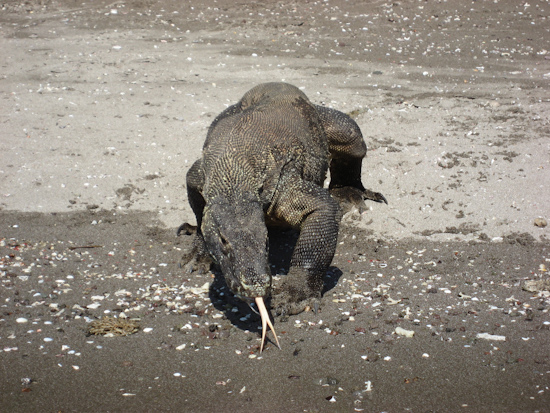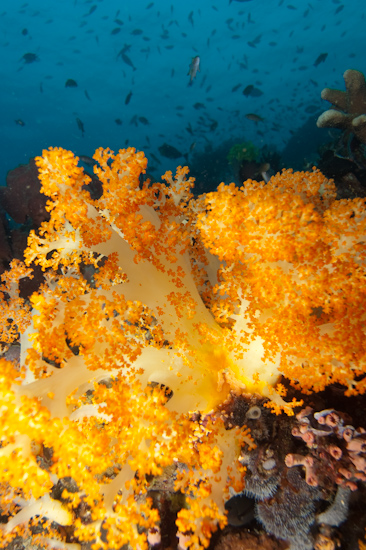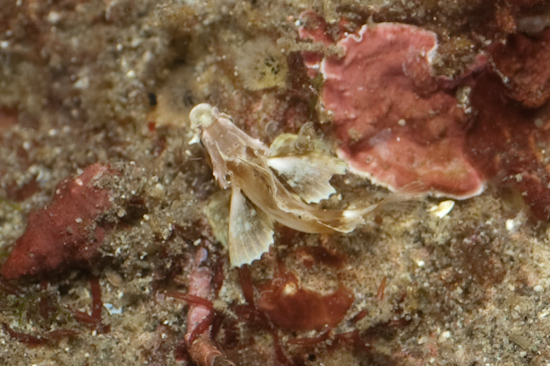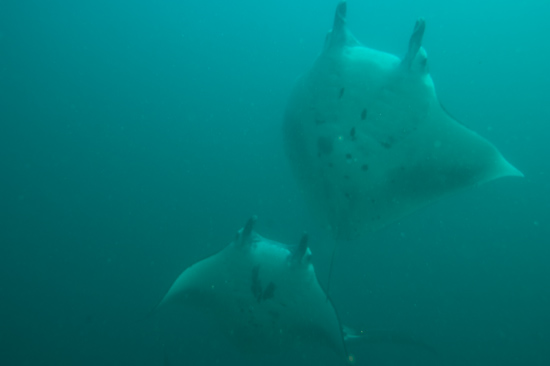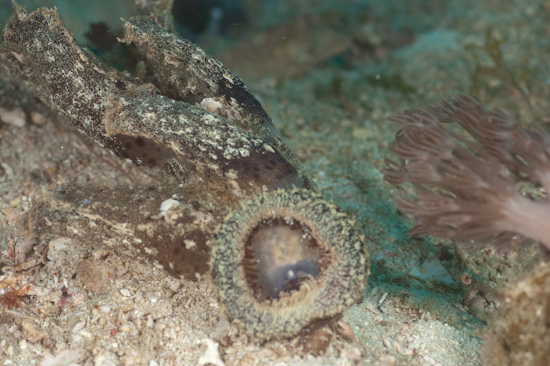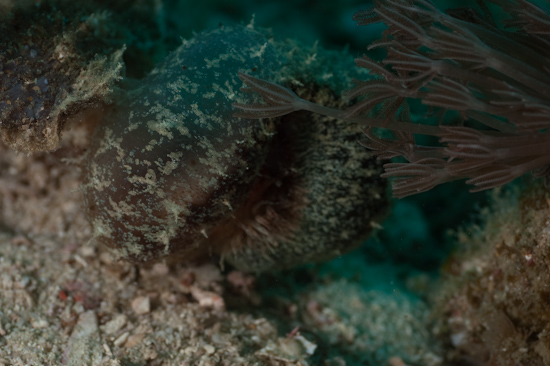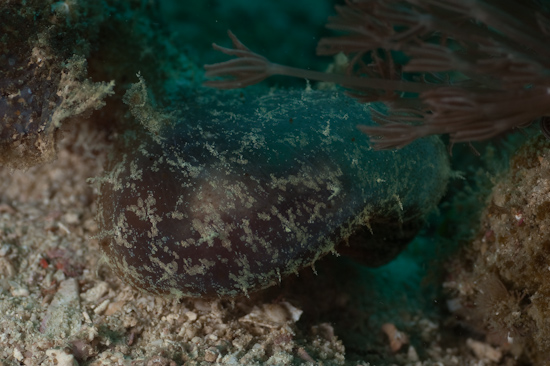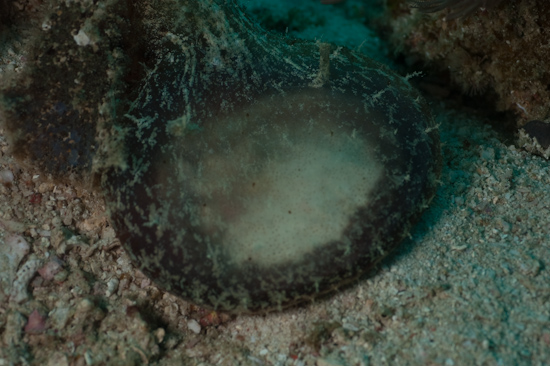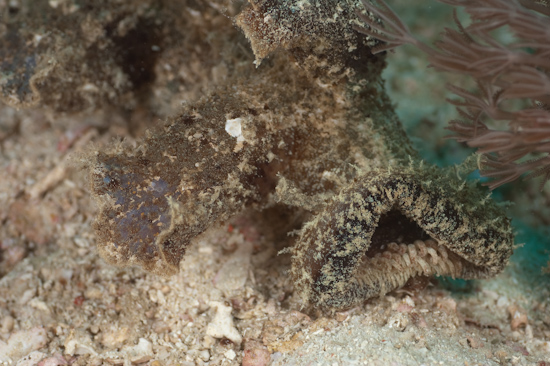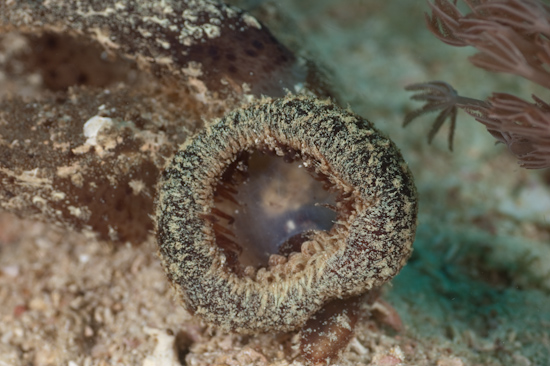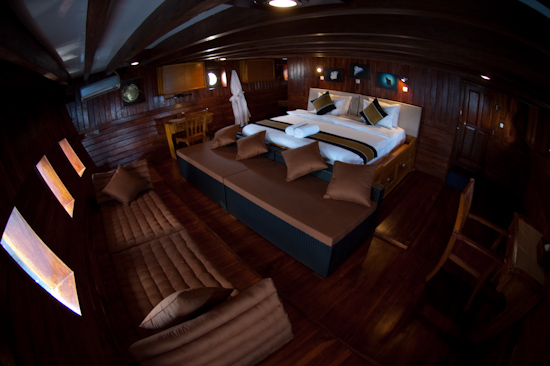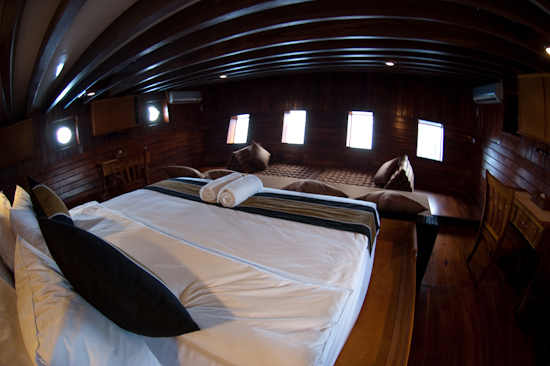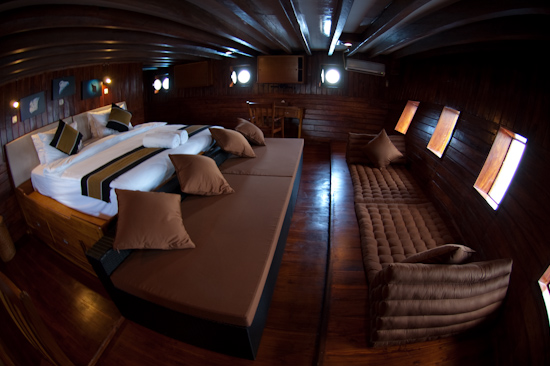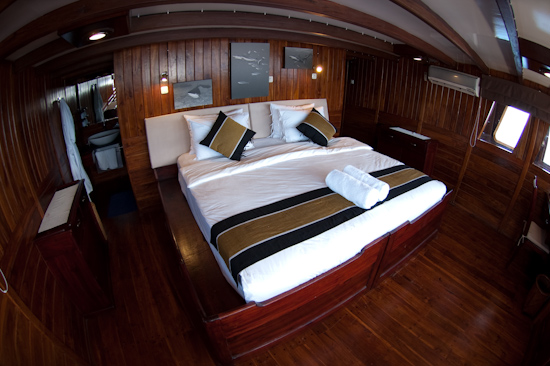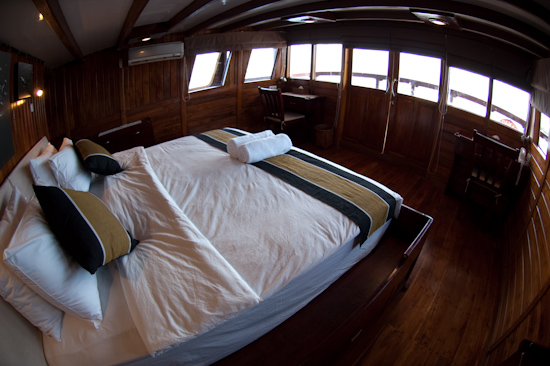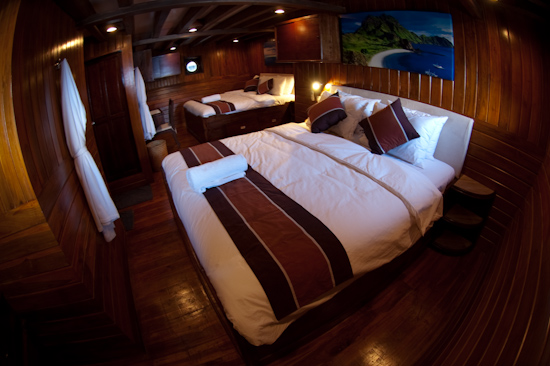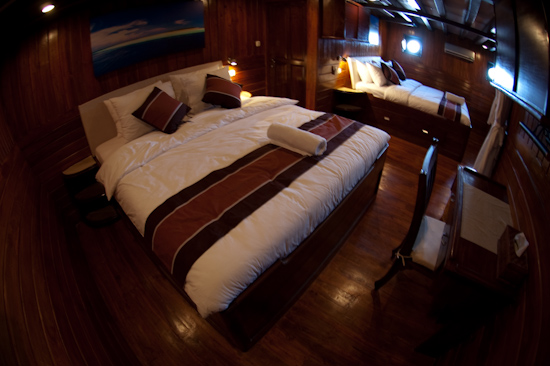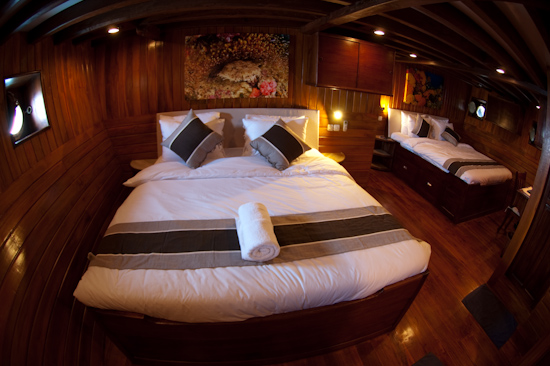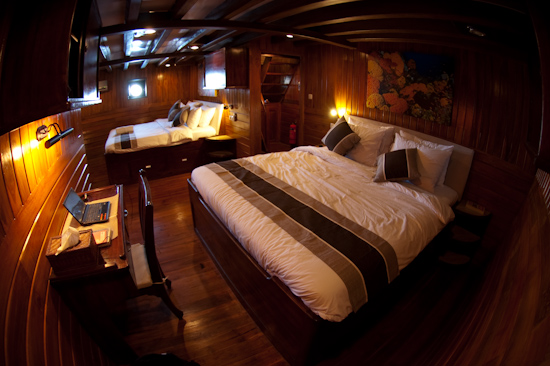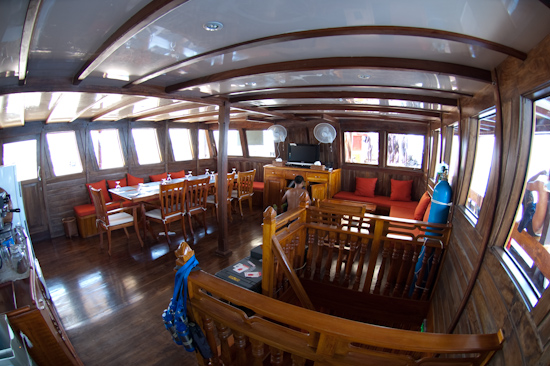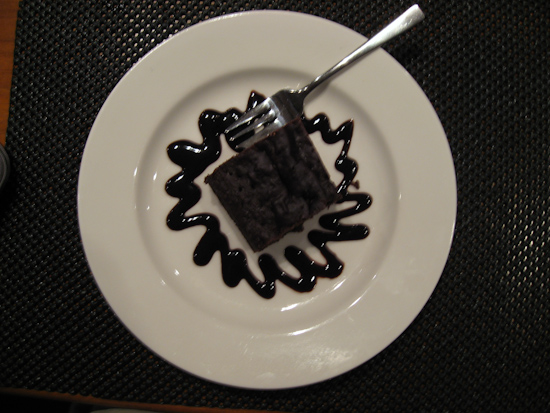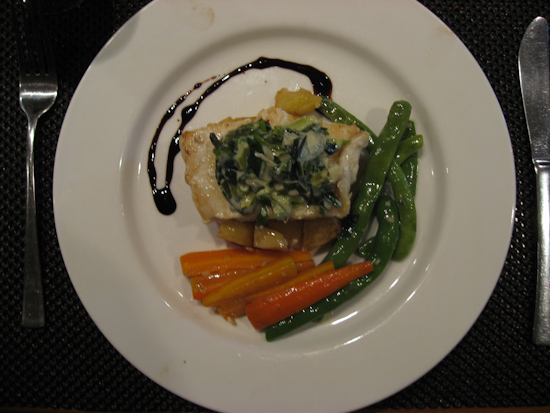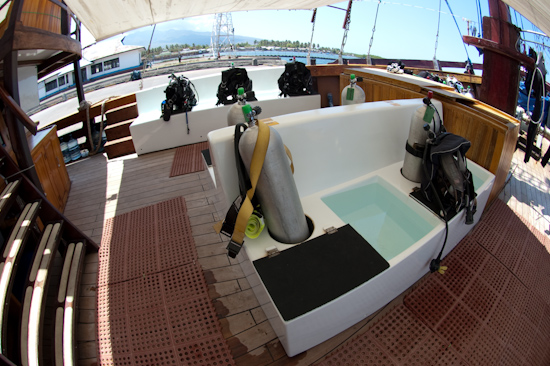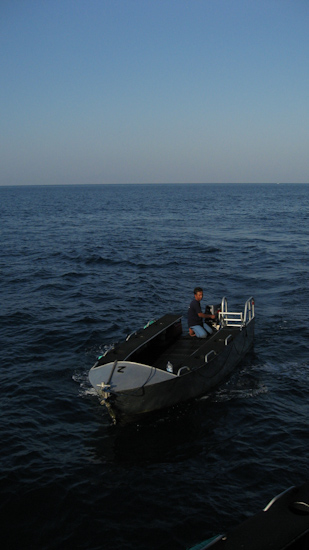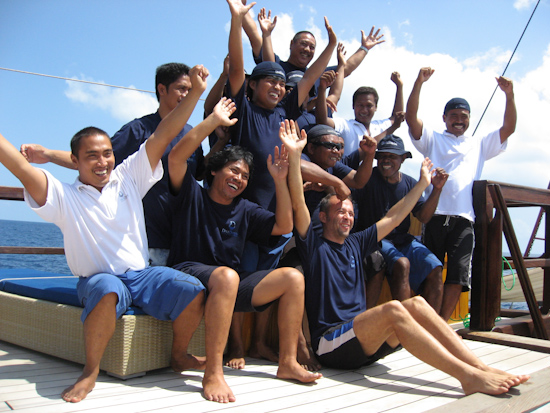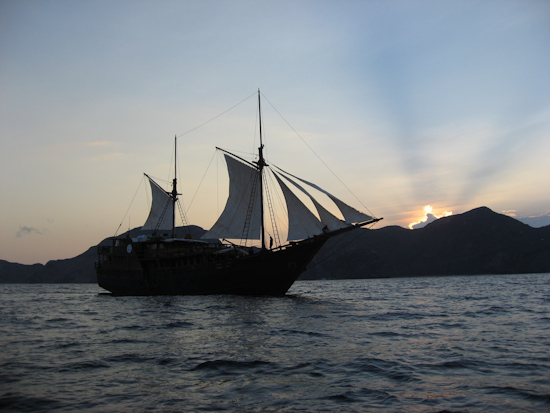With direct flights from Jakarta to Sorong, it’s now easier than ever to get to Raja Ampat

If you’re planning a dive trip to Raja Ampat, it’s now much easier to fly to Sorong, the city that acts as the gateway to Raja Ampat. Virtually all liveaboards depart from Sorong and it’s the nearest airport for most of Raja Ampat’s dive resorts too.
Jakarta to Sorong Direct Flights
Sorong completed its new Domine Eduard Osok Airport in 2017 (airport code: SOQ), allowing bigger jets to land. As such, Indonesia’s national carrier Garuda Indonesia now flys direct from Jakarta to Sorong on a daily basis.
As the national carrier, Garuda Indonesia flights all arrive and depart from the new Terminal 3 at Jakarta Airport (formally known as Soekarno-Hatta Airport – airport code: CGK). See my Terminal 3 Jakarta Airport Quick Guide to help make your transit as stress-free as possible.
Other Indonesian domestic carriers also fly direct from Jakarta to Sorong including Nam Air and Batik Air. Check Skyscanner to compare the timings and pricings of all carriers from Jakarta to Sorong.
The other main route to fly to Raja Ampat is Jakarta to Sorong via Ujang Pandang, also known as Makassar. The airport code for Ujang Pandang aka Makassar is UPG. Be aware that both names are used so that you don’t suddenly worry that you’re flying to the wrong place!
Indonesia Entry Requirements
All Covid-19 related restrictions to entry have been dropped by Indonesian immigration as of June 2023. Here’s a quick rundown of Indonesia’s entry requirements – for most travellers, the only requirement is a visa on arrival which you can now apply and pay for online before your trip.
Jakarta Airport Hotels
If you are flying into Jakarta from overseas before getting your flight to Sorong, you may have a long layover before you board your Sorong flight. You can book a hotel room within Jakarta Airport’s Terminal 3 for some rest and a shower.
- The main airport hotel is the 4 star Anara Hotel, located directly within Terminal 3. The entrance to the Anara Hotel is located on Level 1 of Terminal 3. (You’ll need to go up a level from International Arrivals).
- D’primahotel Wellness Centre is a more modest hotel also located in Terminal 3. The rooms here are windowless but clean and adequate, with decent shower pressure. It’s perfectly comfortable for a few hours rest. There are also massage facilities. The narrow entrance to D’primahotel is located on Level 2 of Terminal 3, which is the Departures level. The entrance to the hotel is by the end of Check-in Row E. It’s a very convenient location.
- Digital Airport Hotel is a capsule hotel which is also located in terminal 3. Just as per the original Japanese concept, these are tiny rooms stacked together with shared toilet and shower facilities.
- There is also the Jakarta Airport Hotel located in Terminal 2 if you are arriving or exiting from that terminal.If you can, try to enter and exit through Terminal 3. It’s much more convenient.
Indonesia’s Main Diving Locations (and Jakarta)

Flying from Bali to Sorong
If you are flying from Bali’s Denpasar Airport (airport code: DPS) to Sorong, then you will typically fly via Jakarta or Makassar. Search Skyscanner to see different flight timings and layover lengths to find the shortest journey time.
Makassar Airport Hotel
Makassar has a large, newly built airport (officially known as Sultan Hasanuddin Airport) and has a small budget Ibis hotel if you have a long layover and want to get some rest.
Sorong Airport Hotel
Sorong Airport is quite basic, with few facilities for passengers besides a couple of coffee shops and a small, very modest, business class lounge. There’s no airport hotel directly attached to Sorong airport, but there are several hotels located directly outside the airport entrance, of which the Aston Sorong is the pick of the bunch. There are several other good quality hotels in Sorong if you want to stay on land before or after your Raja Ampat dive trip. The Swiss-Belhotel Sorong is the default hotel to which most liveaboards refer guests.
Wikipedia states there is a another airport in the region called Raja Ampat Airport aka Marinda Airport. It’s just worth pointing out that Raja Ampat Airport and Sorong Airport are two different airports! They’re not synonymous.
Raja Ampat Diving Guides and Info
For an overview of what to expect when diving Raja Ampat and useful tips on how to get there and what to bring with you, see our Diving Raja Ampat: A Quick Guide and listen to the Divehappy podcast episodes on Raja Ampat. Misool Eco Resort and Triton Bay. For practicalities on getting there, see How To Get To Raja Ampat, Sorong Airport Guide and the Liveaboard Packing List
Raja Ampat Liveaboard Trip Reports
- Raja Ampat Liveaboard Trip Report June 2023
- Raja Ampat Liveaboard Trip Report December 2022
- Raja Ampat Liveaboard Trip Report December 2019
- Raja Ampat to Triton Bay Liveaboard Trip Report February 2017
- Raja Ampat to Banda Islands and Ambon Trip Liveaboard Report February 2016
- Raja Ampat to Triton Bay Liveaboard Trip Report February 2008
Triton Bay Trip Reports (as part of Raja Ampat liveaboard trips)
Booking Raja Ampat Liveaboards
Browse Raja Ampat liveaboards by price level and month of departure:- Luxury Raja Ampat Liveaboards
- Mid Range Raja Ampat Liveaboards
- Budget Raja Ampat Liveaboards
- Check Last Minute Raja Ampat Liveaboard Deals for big discounts on Raja Ampat liveaboard trips that are departing in the next couple of months
See availability for all Indonesia liveaboards departing
September 2025 | October 2025 | November 2025 | December 2025 | January 2026 | February 2026























